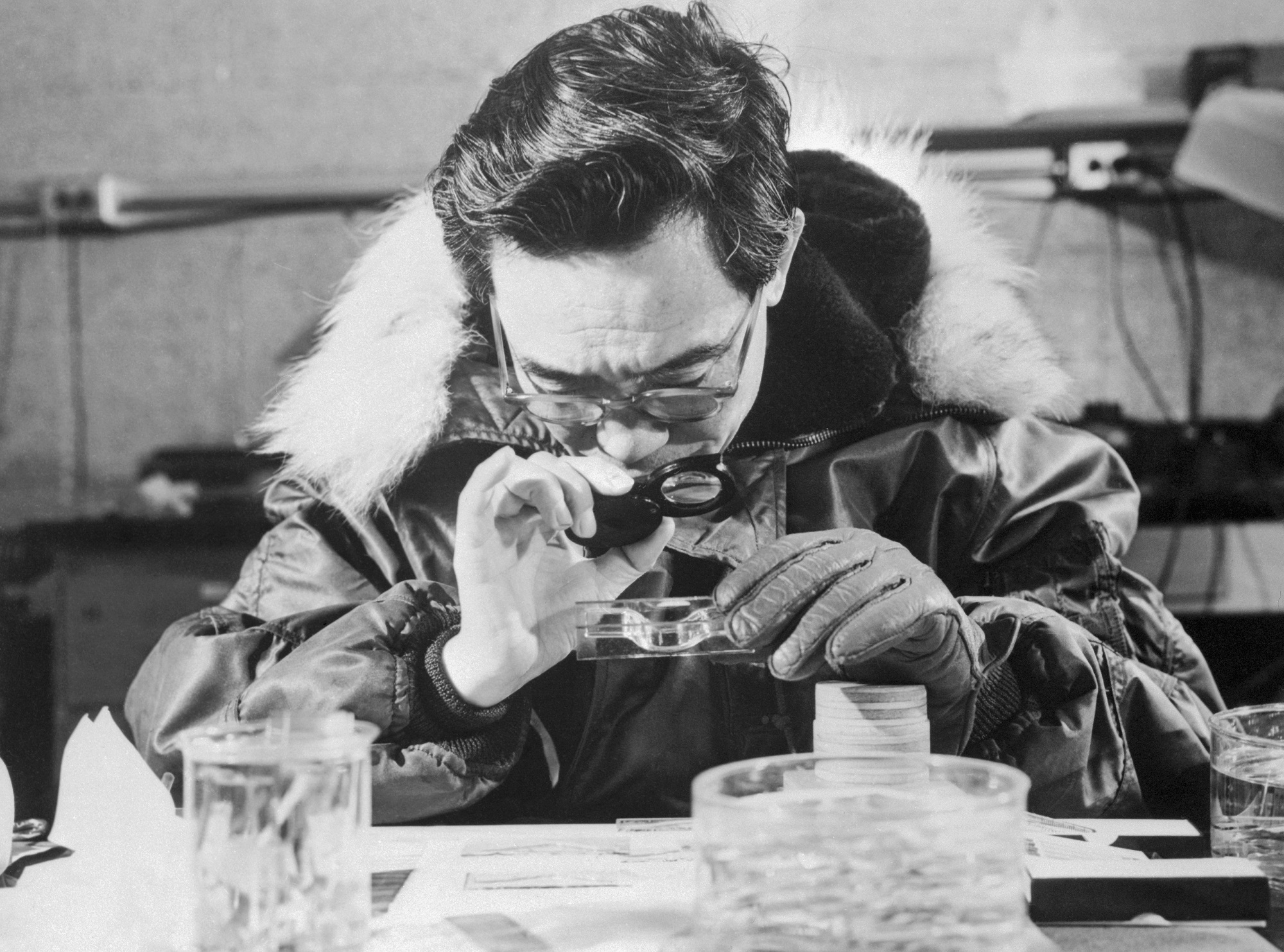

It sounds like a page ripped out of a zombie apocalypse movie script, but biologists have managed to bring the dead back to life. In a study published without expert review online in November, environmental virologists resuscitated 13 amoeba-infecting pathogens trapped under several spans of permafrost in Siberia. The ancient viruses had laid dormant in ice for thousands of years: The youngest virus was estimated to be 27,000 years old and the oldest 48,500 years old, making it the most ancient virus to ever be reanimated.
This isn’t the first time scientists messed with bygone nature. We’ve heard comeback stories of 32,000-year-old fruit to 101.5 million-year old bacteria found at the bottom of the ocean. “I thought, if they can revive a plant, we should be able to revive a virus [because] virus particles are inert,” says Jean Michel Claverie, a professor of genomic and bioinformatics at Aix-Marseille University in France, who was the senior author of the early research. The Arctic, specifically, is thought to have a reservoir of viruses locked in its many layers of ice.
[Related: Inside a frozen tunnel hiding the galaxy’s biggest secrets]
Claverie and his team have unthawed ancient amoeba-infecting viruses before by isolating them from permafrost core samples in the lab. But with climate change on their minds, they wanted to show that there’s a realistic chance of pre-ice age infections returning in a much hotter world. (Before this study, there were only two reports of frozen viruses, the pithovirus and mollivirus, remaining infectious after 30,000 years).
The authors successfully resuscitated 13 undocumented viruses taken from seven different permafrost samples in Siberia. The oldest was found at the bottom of a frozen lake, while others were buried in places like the stomach of a woolly mammoth and the intestines of the now-extinct dire wolf. The viruses came from amoeba-infecting families such as the pithovirus, pandoravirus, megavirus, and pacmanviruses. The researchers tested the pathogens’ infectious potential by exposing them to amoeba as bait, and found that they were still virulent.
While the study only tested the infectiousness of amoeba-infecting viruses, Claverie infers that they’ve only scratched the surface on the number of contagious agents stuck in permafrost, including those that could target animals and humans. “Perhaps the most interesting finding is that if you try to revive ancient viruses from the melting permafrost, you can do it more easily than previously anticipated,” says Paulo Verardi, the department head of virology and vaccinology at the University of Connecticut, who was not a part of the experiment.
Of course, freeing a frozen pathogenic virus that might infect humans is a legitimate concern. One reason is because of the melting Arctic. The top “active” layer of permafrost briefly thaws in the summer, regularly releasing underground microbes back into our world. However, Claverie says the chances of ancient viruses encountering a proper host is small because they decay just as quickly as they’re let out when faced with heat, UV light, and oxygen. Climate change has accelerated the timeline of permafrost thawing, allowing deeper sections of ice to dissipate and potentially for more ancient viruses to be released.
Rising temperatures have also made it easier for people to reside on the tundra. Siberia, a land rich in oil, is under constant mining and drilling, which has the potential to release these ancient viruses. With more people inhabiting these areas, there is a greater risk of a potentially dangerous virus, explains Claverie. For example, in 2016, a 12-year-old boy died from an anthrax outbreak in the Arctic Circle, which Russian authorities attributed to the release of centenarian spores being released from a warmed-up reindeer carcasses.
Freeing a frozen pathogenic virus that might infect humans is a legitimate concern. One reason is because of the melting Arctic.
With the world still reeling from the COVID-19 pandemic, people are, understandably, on edge. In response to news on the paper, Twitter users expressed fear of another deadly pandemic and potentially something worse than H1N1 and SARS-CoV-2. However, “nothing in the study suggests that these viruses are capable of infecting humans,” says Michael Buchmeier, a professor emeritus of infectious diseases at the University of California, Irvine, School of Medicine, who was not affiliated with the research. He says that it’s “very unlikely” for a future pandemic to be caused by one of the revived pathogens in the study—with the worst-case scenario being that the amoeba-infecting viruses infect other protozoans.
For Veradi, the probability of an ancient Arctic virus re-emerging and causing problems to humans is very low, but not zero. However, he warns “it seems inevitable” that we’ll see a revival of a few of these organisms.
[Related: Can viruses be good for us?]
The idea of global warming thawing out deeper permafrost layers has drawn worry from other virologists as well. Mohamed Kamel, an assistant professor in medicine and infectious diseases at Cairo University in Egypt who has conducted his own research on climate change’s effects on infectious agents, argues that any possibility of millennia-old pathogens waking from their icy slumber should be a pressing matter. “This is definitely an issue worth worrying about, as it could result in major epidemics or even pandemics if not carefully monitored and contained,” he explains. One reason is the potential for novel microbial species to present unknown genotypes that we have no available vaccines for. Ancient strains that have been preserved for thousands of years could have also gained extremely robust characteristics as a way of surviving extreme elements.
For now, rest assured that no sci-fi-like Siberian virus is infecting animals or humans. Nor are people turning into zombies, which one news outlet erroneously inferred from the study’s findings. If anything, the threat of another pandemic—no matter how small—may encourage virologists to invest more time into tracking viruses emerging from permafrost, as well as the living ones hanging out in other hidden reservoirs.
